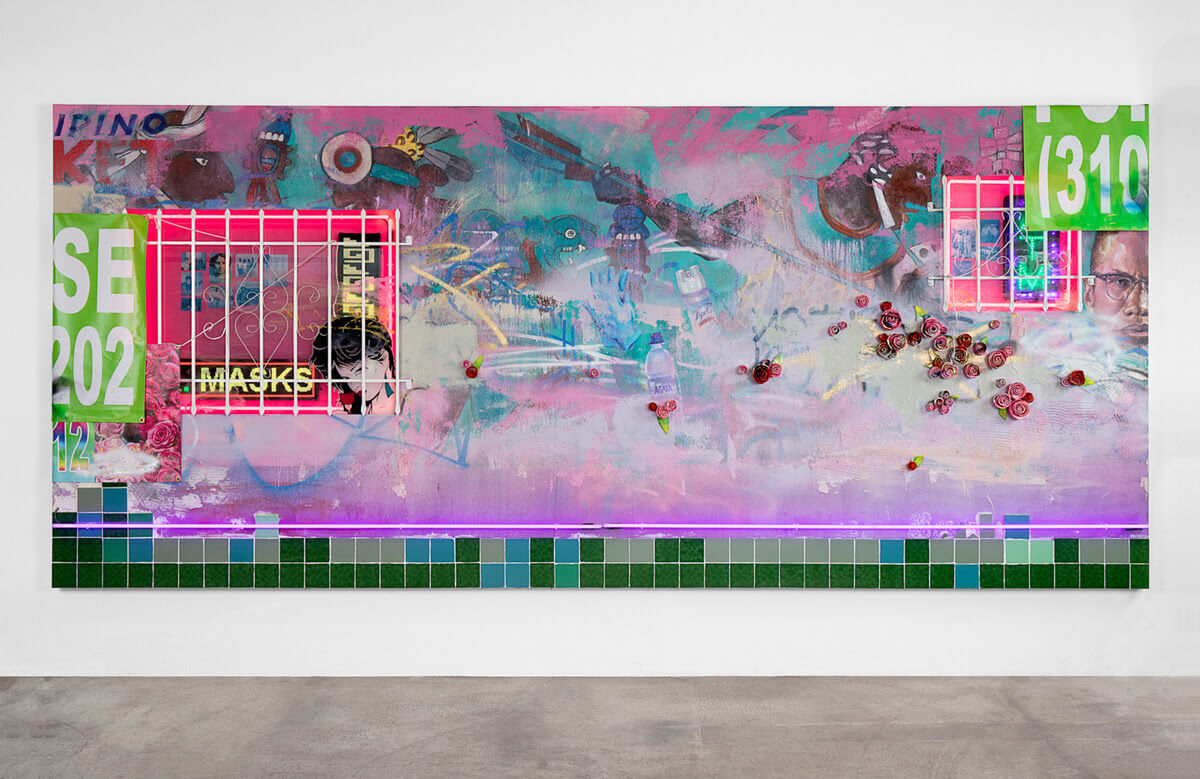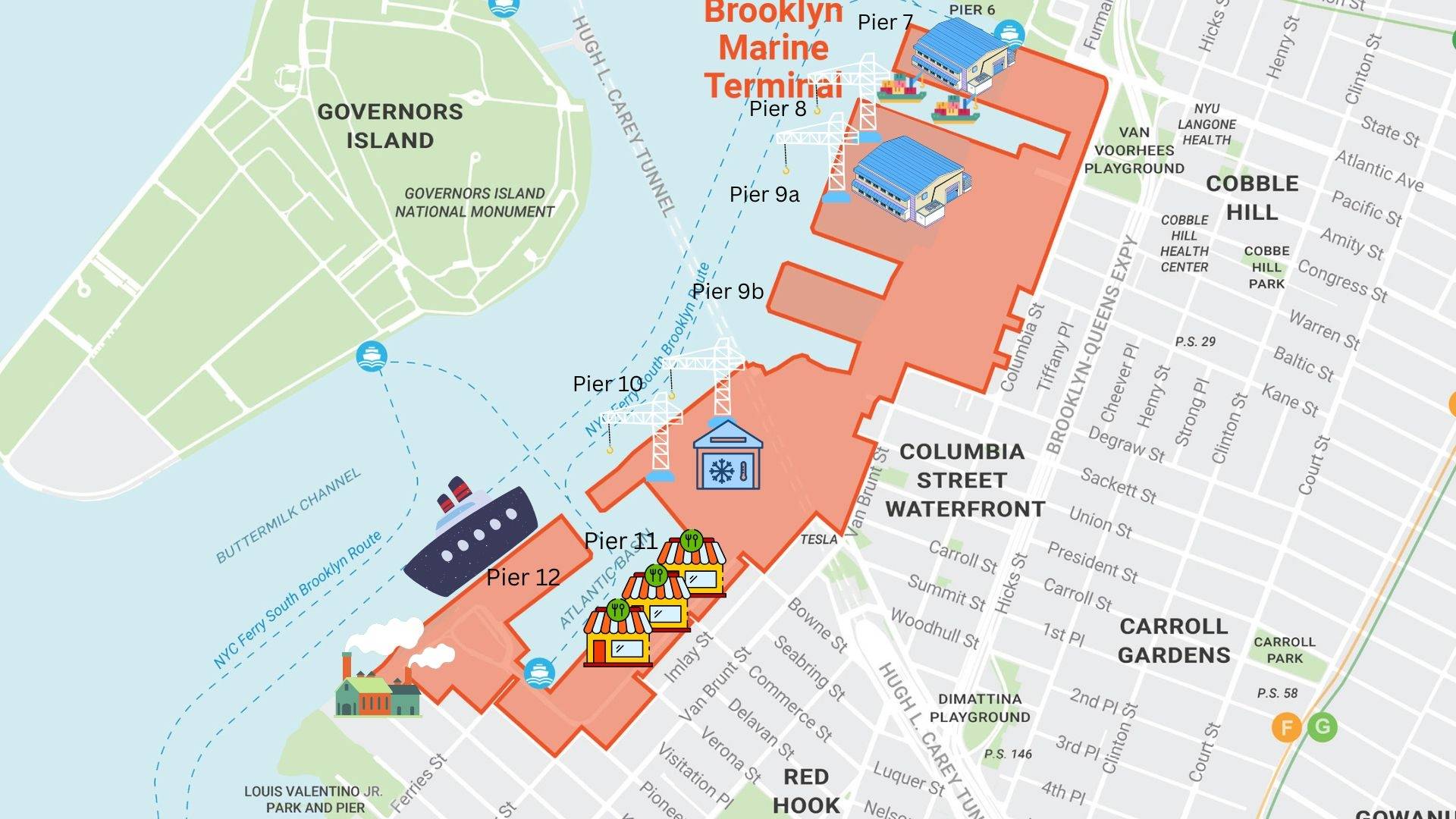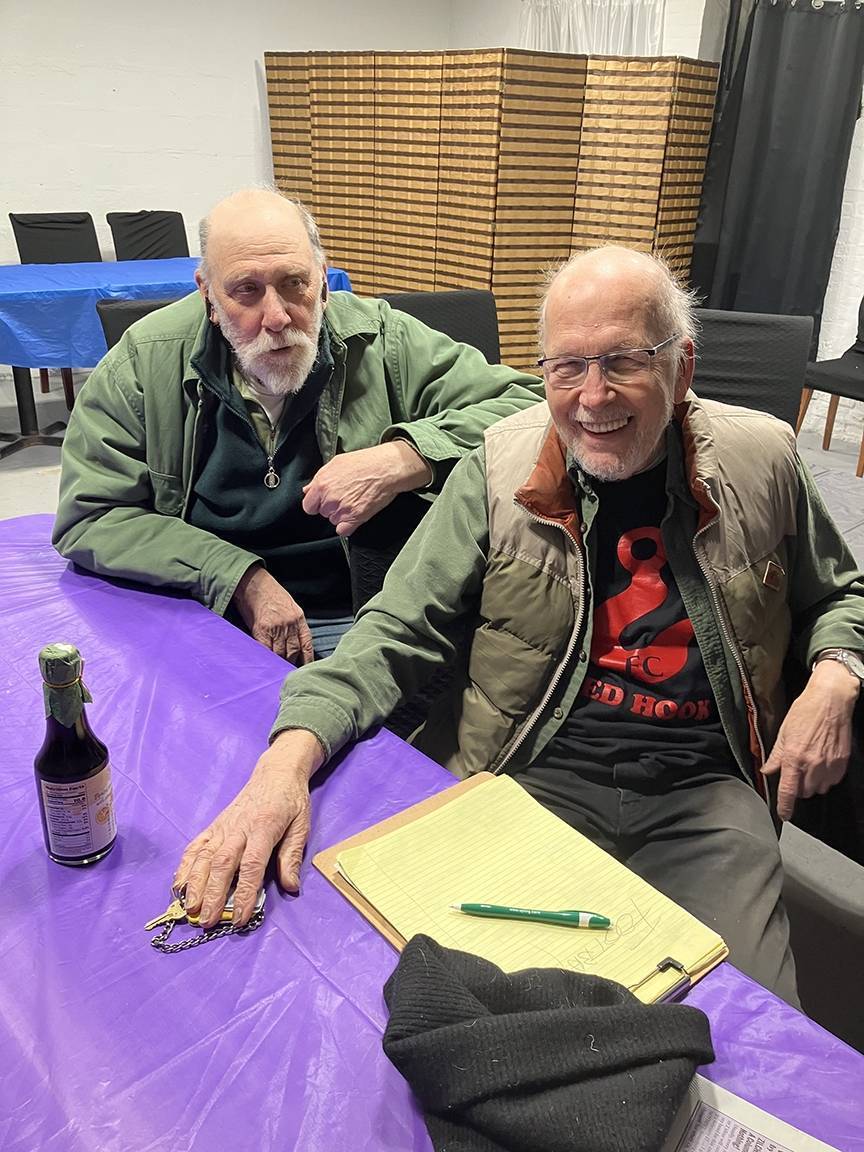After a year of closure, El Museo del Barrio reopens on March 13. To kick-off the celebration, the nation’s leading Latino and Latin American cultural institution is physically unveiling an exhibition titled “ESTAMOS BIEN – LA TRIENAL 20/21” – the museum’s first national large-scale survey of Latinx contemporary art.
“ESTAMOS BIEN” debuted online in July 2020 with a series of online commissioned projects, turning into a year-long initiative. It addressed how identity and structural racism, migration, displacement, climate, and ecological justice are classified in the context of the current and ongoing global pandemic, as it relates to Latinx populations.
Iterations Across the Decades
The first iteration of “LA TRIENAL” goes back to the “(S) Files” series, which was held in seven iterations between 1999 and 2013. Originally titled the “Selection Files,” the exhibition was created as an open call to provide a platform for emerging Latino and Latin American artists in New York City.
The current exhibition expands upon that legacy and extends its scope to include artists from across the United States and Puerto Rico. It also centers on an intersectional approach to the concept of Latinx – the much-contested term that departs from binary understandings of U.S.-Latino identity through the adoption of the gender-neutral suffix X, distancing itself from rigid definitions to allow a nuanced, more inclusive understanding of identity. The exhibition features the works of 42 Latinx artists and collectives, including six artists who are from or currently live in Brooklyn.
The title “ESTAMOS BIEN” is adapted from a 2017 painting by Brooklyn-born artist and former member of El Museo del Barrio’s curatorial team Candida Alvarez. She is the only artist in the show with previous exhibition history with El Museo, which dates back to the 1970s.
“By pluralizing the phrase, the title echoes the anthemic song by Bad Bunny [released in June 2018] and is simultaneously a declaration of defiant resilience and a provocation, conflating a sarcastic and a positive tone,” the Museum said in a statement prior to the reopening.
“While the words connect with a post-Hurricane Maria framework, they also hold broader applications, particularly within the context of the contemporary moment, with the rise of proto-totalitarian regimes in democracies in the Americas and beyond; the ongoing Black Lives Matter movement which has exposed systemic racism in society and its cultural institutions; and the devastating impact of the COVID-19 pandemic to BIPOC populations worldwide.”
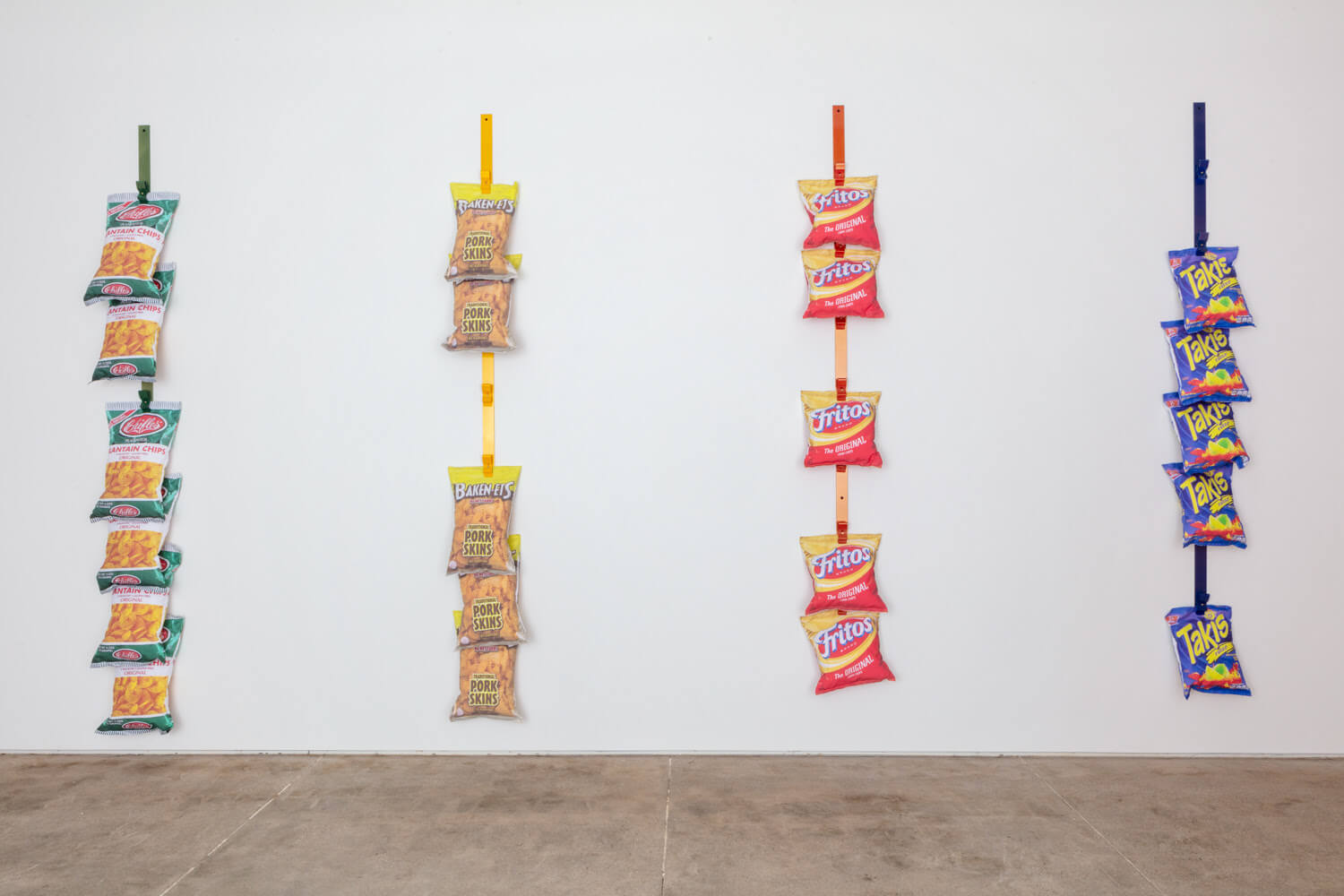
Though it took two years of research and studio visits by the museum’s curatorial team and was supposed to coincide with the 2020 U.S. Census and presidential election, the exhibition’s selected works continue to reflect the current moment.
“Latinx art doesn’t rely or depend on a binary,” said guest curator and New York-based artist Elia Alba. “It mixes social histories, and spans the color ranges of race. Latinx art, call it a movement, call it a space, challenges us to question the inflexibility of language and systems.”
El Museo del Barrio’s Chief Curator Rodrigo Moura added, “Presenting a major survey of Latinx art today is not only urgent, it is also a great opportunity to continue proving its relevance nationally and globally.”
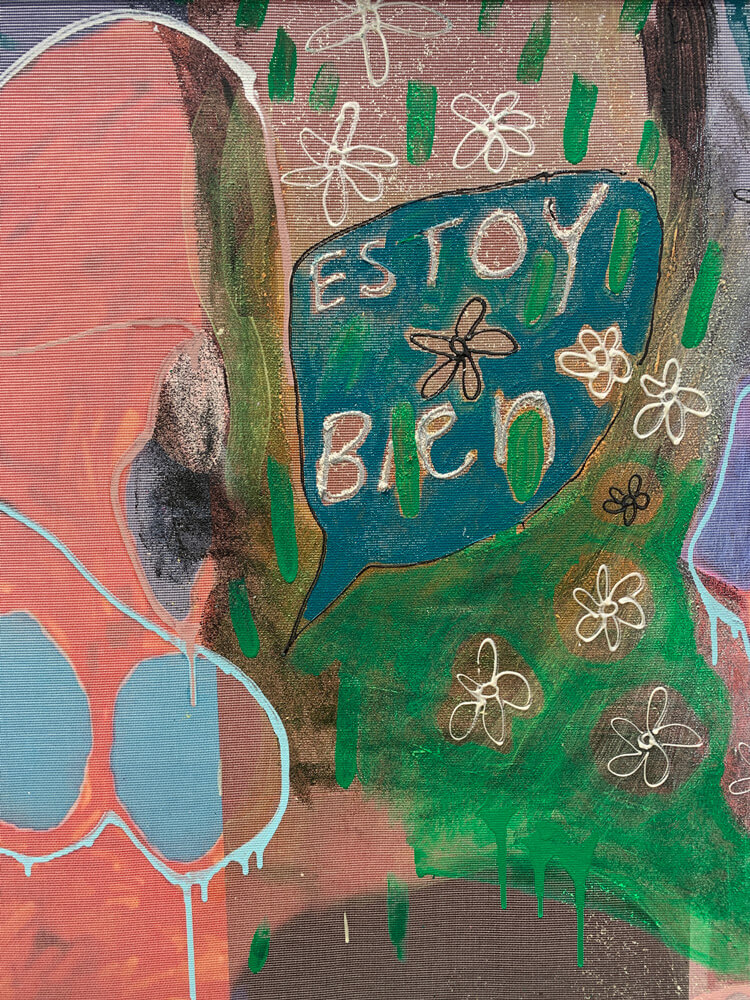
A Sneak Peek
Artist Lucia Hierro, who lives and works in New York City, utilizes digital media, painting, installation art, sculpture, and color theory as tools to tackle ideas of class, exclusion, and privilege. Inspired by pop art and identity politics, Hierro’s sculptures and installations play with scale, proportion, and humor to both elevate and question our familiarity with commodity culture and its colonialist ties.
Los Angeles-based artist Patrick Martinez explores subjects drawn from everyday life, ranging from personalized cakes and neon signs to Pee Chee school notebooks and city walls. His mixed-media landscape paintings – made up of distressed stucco, spray paint, window security bars, vinyl signage, ceramic tile, and neon sign elements – unearth sites of personal, civic, and cultural loss.
Carolina Caycedo, who was raised in Colombia and currently lives and works in Los Angeles, presents “Genealogy of Resistance” – a mural in the form of a family tree that accounts for the environmental activists who have been recently killed and threatened around the world. Caycedo’s work is an ongoing project that adapts to exhibition spaces as individuals’ names (along with the place and date of their deaths or attacks) are written in the tree’s trunk and branches.
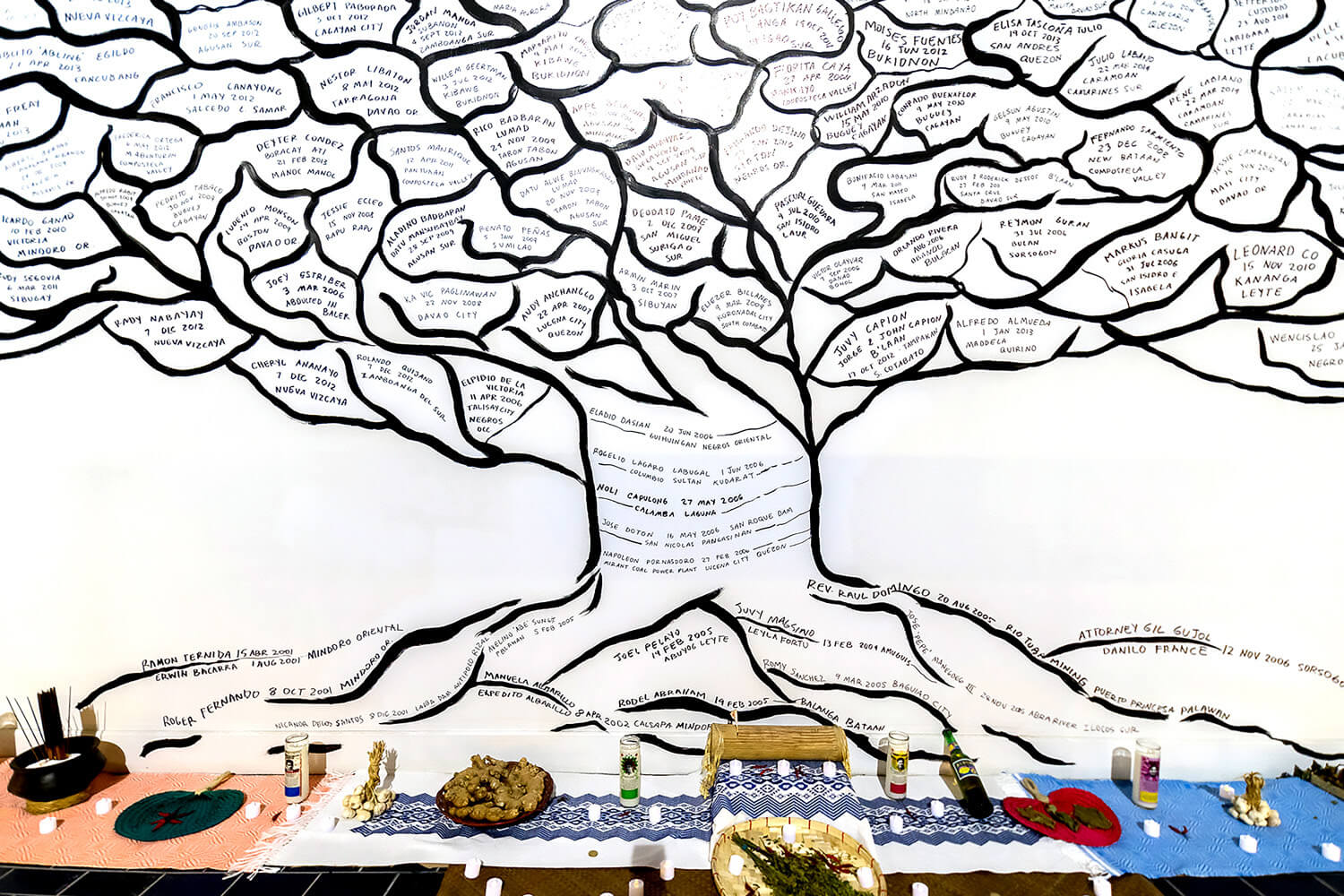
How to Attend
A free, virtual opening reception takes place on March 12, 6-7:30 pm. The event will include greetings from special guests, a walk-through of exhibition highlights by the curatorial team, and a talk with participating artists Carolina Caycedo, Yelaine Rodriguez, and Joey Terrill.
El Museo del Barrio, located at 1230 Fifth Avenue at 104th Street in New York City, is open for limited hours until further notice (Saturdays and Sundays from 11 am to 5 pm). For more information – including how to RSVP for the virtual opening reception and how to reserve tickets – visit elmuseo.org.

